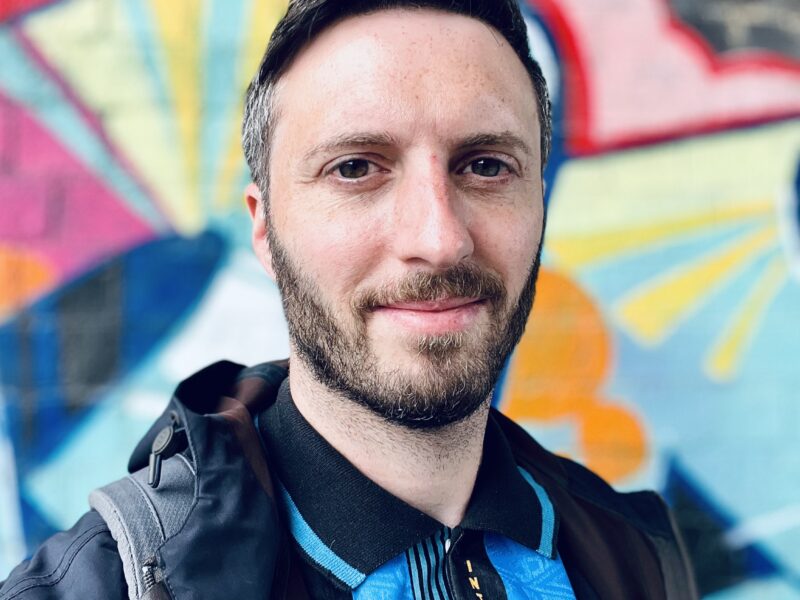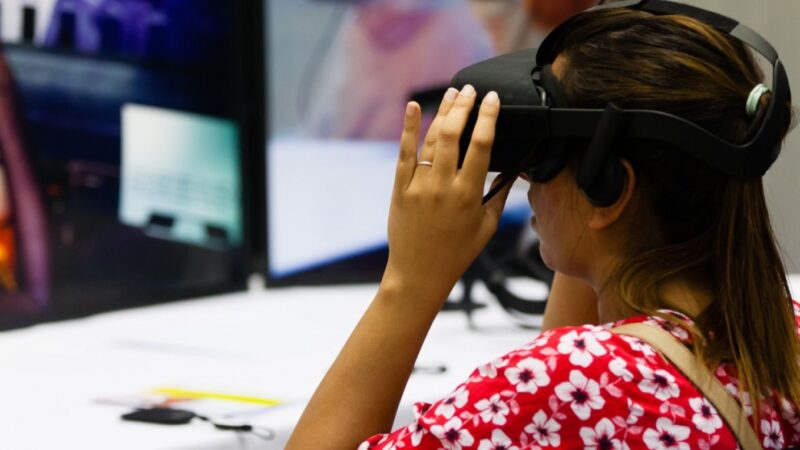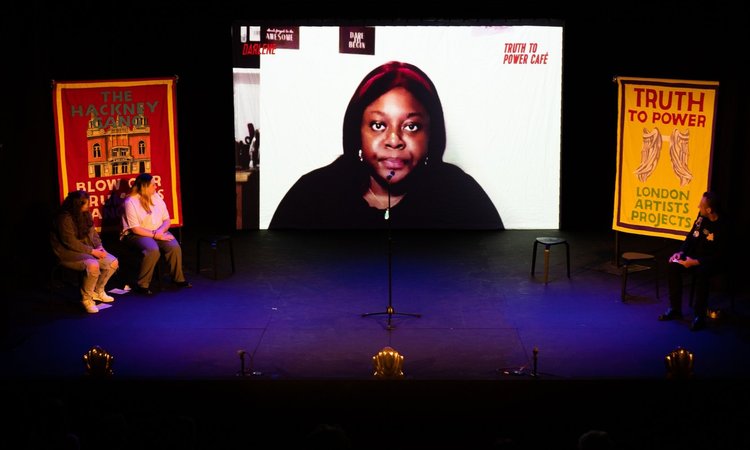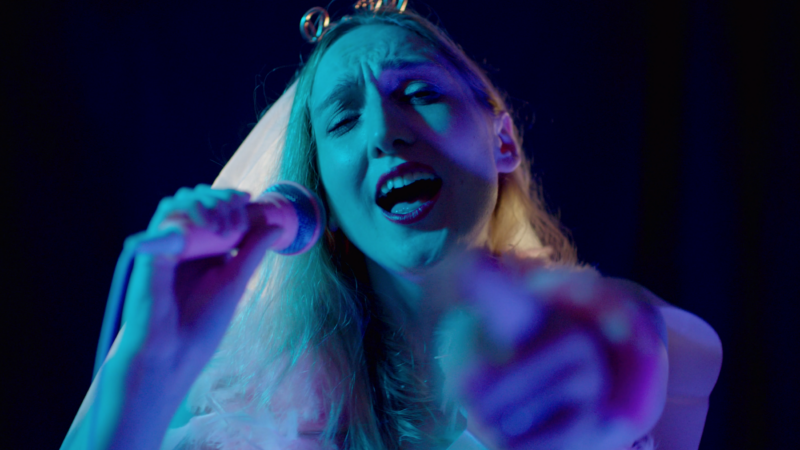Now can the cultural sector get ahead of the curve?
Is 360 video dead? We asked Space Associate and Creative Director of Hey Green Raven, Ian Ravenscroft, for his take on the ways in which arts and cultural organisations are using and responding to the latest technological advances in content production…
As technological advances provide new ways for the cultural sector to create, it’s time to get ahead of the curve. But how do you choose which trends to follow and which to approach with caution? The answers may lie in the recent past.
A good example is 360 video. We’ve all seen it in one form or another. That slightly warped, spherical fishbowl view as you crane your necks to see a performance all around you. And for a while, the cultural sector went wild for 360 video. Dance in 360. Theatre in 360. Backstage in 360. You name it, it was filmed in 360.
Many in the sector will have learned a lot from these experiments and used the technology well. Some may even have found niche audiences through publishing them. But when was the last time you watched one? And did it justify being in that format?
The medium grew in popularity as the technology and distribution opportunities began to align, peaking between 2018 and 2020 when you could livestream in 360 on YouTube, watch in your web browser, or view in virtual reality headsets. Using fairly simple camera rigs or capture devices, arts and culture organisations could place audiences on stage, on location, or behind the scenes.
Undoubtedly, there have been some good use cases of 360 degree filming. The Sun Ladies documentary comes to mind, as well as the examples throughout Google’s Arts and Culture archive and creator-led animated Spotlight Stories series.
Sun Ladies
Has 360 video had its moment?
But now, 360 degree video in its present form has arguably had its moment. Technology has moved on. The industry has moved on. The hype train is headed for a new destination.
We are being bombarded with opportunities to present artistic, cultural, and heritage content in new ways. From game-engine driven platforms, to augmented reality-infused social media, or the array of subscriptions and services that will allow us to create visuals, capture movement, or enhance audio. Shiny trailers, commercial tie-ins, and slick technical demos promise original ways to engage audiences with new perspectives and experiences. But much like 360 video before, the value of these platforms to audiences is currently unproven.
For technical and production teams, these abilities have the potential to disrupt their industry and may even superpower some existing ways of working. But many of these technologies haven’t yet landed with large segments of the public, and digital footfall is either limited or too opaque to measure accurately.
In my role as a producer and consultant, I’m currently producing immersive experiences for virtual reality and have a history of using new technology to engage audiences. So I’m enthused by the storytelling opportunities and interactive possibilities.
But I also provide advice to arts, culture, and heritage organisations on their digital content and audiences so I’m hyper aware that when limited resources, capacity and budget come into play, these technologies aren’t always the right path for many institutions to follow.
How should the sector respond?
That’s not to say we should shy away from trying new things. I’m optimistic the cultural sector can find a way to get involved in this technological revolution to propel them forwards rather than chasing shadows.
My advice is to have a strong perspective on what these technologies offer your organisation. What will you learn by experimenting in a new format? What skills will be developed? What audiences can be engaged? By being clear and realistic about why you are interested in trying a new technology, you lower the risk and increase the value. In times like these we need to empower the innovators to innovate, especially within the arts.
For example, you might have a trove of physical props and costumes ready to be 3D scanned with a phone and archived as 3D assets. You might have video and audio that can be restitched into immersive environments in live, online, or hybrid situations. You might have performances that can be captured or converted into motion capture data for use in future interactivity. The question should be, what can we do now that is less about hype or novelty and more about securing a stable digital future?
With the right technologies, assets, and cultural content in place, there are partnerships to be forged. The commercial digital space provides opportunities to collaborate and find mutual benefit between technology, content, and access to audiences. Even funding has new gatekeepers, with technology platforms needing to do what the cultural sector does so well – engage, entertain, and enlighten people.
Time to get ahead of the curve
Whilst in most cases we have moved on from 360 video, many of the organisations who got involved in the trend are now equipped with transferable skills, creative practices, and experience translating their cultural mission into new spaces. My hope is they have also learned that formats come and go, technology moves on, and platforms rise and fall. The crucial part is being strategic in how and why you engage with them on your journey.
So with a new era beginning and new formats on the horizon, it’s time for the sector to get ahead of this curve and break new ground with digital cultural content. And hopefully, in the midst of so much change, your mission, audiences, unique cultural offer, and core values remain central to your innovation.
Ian Ravenscroft, Space Associate
Ian Ravenscroft is a producer, consultant, and Creative Director of Hey Green Raven. He advises the arts and cultural sector on digital strategy and produces digital, creative, and immersive media projects.

How useful was this resource?




